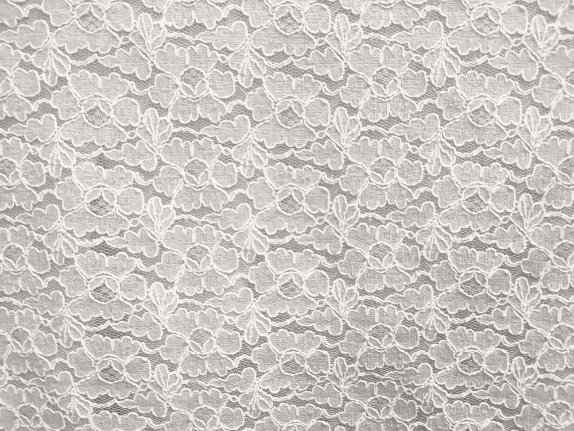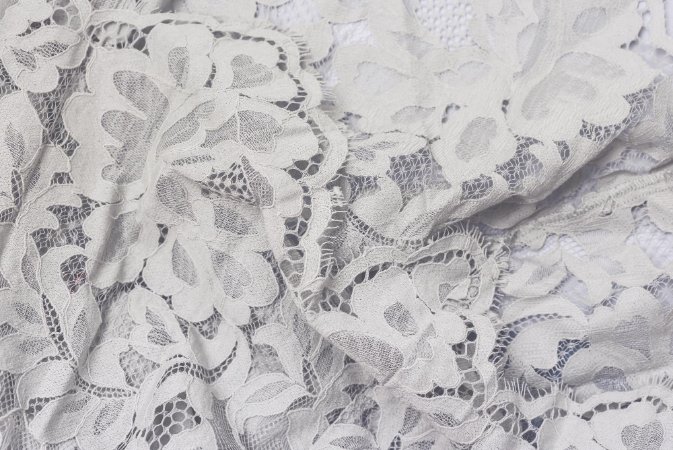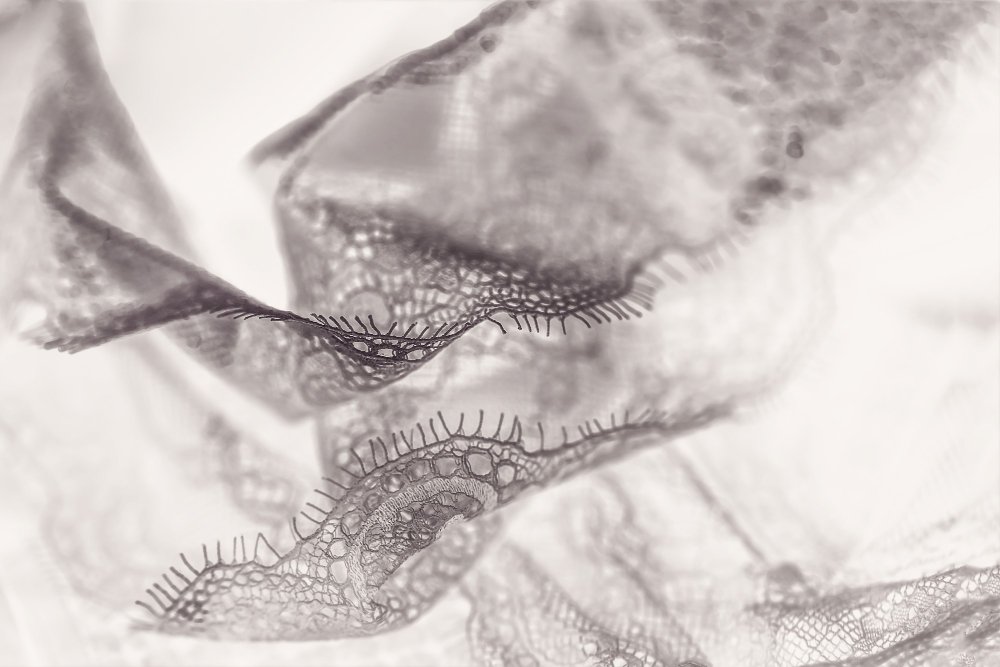Discover the timeless elegance and superior quality of genuine French lace from Calais-Caudry, where centuries-old traditions meet modern luxury fashion
Table of Contents
- What is French Lace Fabric?
- History and Heritage of French Lace
- Types of French Lace
- Manufacturing Process and Craftsmanship
- Regional Production Geography
- How to Identify Quality French Lace
- Sustainability and Environmental Impact
- Modern Applications and Industry Trends
- Price Analysis and Market Economics
- Cultural Preservation and Artisan Stories
- French vs Swiss vs Other Lace Types
- Frequently Asked Questions
- Conclusion
What is French Lace Fabric?
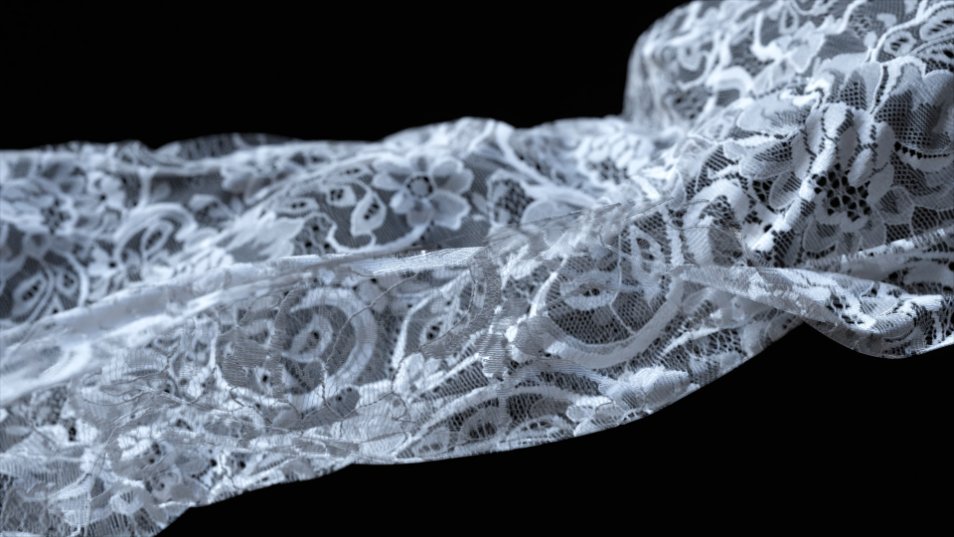
French lace fabric represents the pinnacle of textile craftsmanship, created using centuries-old techniques that have been perfected in the northern regions of France. Unlike mass-produced lace fabric found elsewhere, authentic French lace is distinguished by its intricate patterns, superior durability, and the prestigious “Dentelle de Calais-Caudry” trademark.
What Makes French Lace Special?
French lace is exclusively produced on 120+ year old Leavers looms that exist only in Calais and Caudry. These machines cannot be exported or reproduced, making authentic French lace a truly unique textile heritage.
French lace encompasses several distinct types, including Chantilly lace fabric, Alençon lace fabric, and Lyon lace fabric. Each type offers unique characteristics in terms of weight, pattern complexity, and application.
Key Characteristics of Authentic French Lace
- Exceptional durability: Properly cared for French lace can last a lifetime
- Complex pattern gradients: Varying hole sizes and motif densities create depth
- Superior thread quality: Made from premium silk, cotton, or blended fibers
- Trademark certification: Genuine pieces carry the Calais-Caudry designation
- Artisan craftsmanship: Each step involves skilled hand work and quality control
History and Heritage of French Lace
The story of French lace begins in the 16th century when lace making techniques were first introduced to France. The industry truly flourished under King Louis XIV, whose finance minister Jean-Baptiste Colbert established lace schools and workshops to reduce France’s dependence on Italian imports.
Catherine de Medici’s Influence
The Italian queen brings Venetian lacemakers to France, introducing sophisticated needle lace techniques to the French court.
Point de France Established
Colbert creates the first official French lace industry to compete with Italian and Flemish imports, establishing workshops in Alençon and Argentan.
Leavers Loom Introduction
John Leavers’ revolutionary bobbin net machine arrives from England, transforming French lace production in Calais and establishing the region as a global center.
Royal Wedding Revival
Kate Middleton’s wedding dress features French Chantilly lace, reigniting global interest in authentic French lace craftsmanship.
Royal Connections and Cultural Impact
French lace has adorned royalty for centuries. Madame du Barry and Marie-Antoinette were passionate collectors of Chantilly lace, while the elaborate Point de France became synonymous with French luxury and sophistication.
“The lace of Argentan originates in Venice; we are creating it with a thread that comes from Belgium and needles that come from England, and with that we produce a very refined French product.” – Mother Colette, Abbaye Notre-Dame d’Argentan
Types of French Lace
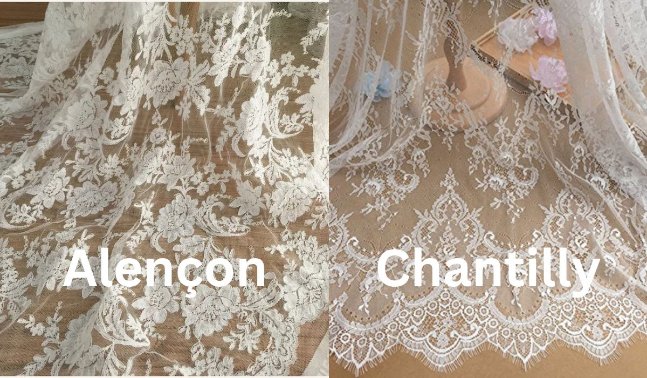
French lace production encompasses three primary categories, each with distinct characteristics and applications. Understanding these differences helps in selecting the right type for specific projects.
| Lace Type | Weight (g/m²) | Key Features | Best Applications | Production Time |
|---|---|---|---|---|
| Chantilly Lace | 30-180 | Delicate floral motifs, fine net background, scalloped edges | Bridal gowns, evening wear, lingerie | 10-20 weeks |
| Alençon Lace | 180-300 | Raised patterns, corded outlines, structured finish | Formal attire, home decor, accessories | 12-24 weeks |
| Lyon Lace | 300-500 | Complex patterns, multiple gradients, premium quality | Haute couture, luxury garments, collectibles | 20-30 weeks |
Chantilly Lace: The Romantic Classic
Named after the French city where it originated, Chantilly lace represents the most recognizable form of French lace. Its lightweight construction and flowing drape make it ideal for bridal wear and elegant evening gowns.
Is Chantilly Lace the Same as French Lace?
Chantilly is one type of French lace, but not all French lace is Chantilly. While Chantilly represents the most popular variety, French lace includes several distinct types, each with unique production methods and characteristics.
Alençon Lace: The Structured Elegance
Alençon lace stands apart as the only French lace made entirely by needle rather than bobbin. This technique creates raised patterns with corded outlines that give the fabric structure and dimension.
Lyon Lace: The Ultimate Luxury
Lyon lace represents the pinnacle of French lace craftsmanship. Produced on even older looms dating back 150+ years, this lace features complex patterns and gradient effects that cannot be replicated elsewhere.
French Lace Stretch Properties
Traditional French lace is not inherently stretchy. However, modern versions may incorporate stretch elements through the addition of elastane or lycra fibers, making them suitable for fitted garments and stretchy fabric applications.
Comprehensive dressmaker’s guide to understanding Alençon and Chantilly lace varieties
Manufacturing Process and Craftsmanship
The creation of authentic French lace involves a complex, multi-stage process that has remained largely unchanged for over a century. Each step requires specialized skills and extensive training.
The French Lace Production Process
The Leavers Loom: Engineering Marvel
These extraordinary machines, some over 150 years old, represent irreplaceable industrial heritage. Each loom stretches approximately 5 meters in length and contains thousands of precisely calibrated components welded by hand.
Why Can’t These Looms Be Replicated?
The Leavers looms combine 19th-century engineering precision with craftsmanship that modern manufacturing cannot economically reproduce. French law protects this heritage by prohibiting the export of these machines.
Artisan Training and Expertise
Becoming a tullist requires 3-5 years of intensive apprenticeship. These master craftsmen possess the skills to:
- Thread thousands of bobbins with precision
- Identify and correct weaving defects immediately
- Adjust loom tension for different fiber types
- Maintain and repair irreplaceable machinery
Regional Production Geography
Authentic French lace production is geographically concentrated in two northern French cities: Calais and Caudry. This concentration isn’t accidental but rather the result of historical, economic, and technological factors that have shaped the industry for over 200 years.
The Calais-Caudry Region
The “Dentelle de Calais-Caudry” trademark specifically designates lace produced in these two cities, ensuring authenticity and maintaining quality standards. This geographic limitation stems from several factors:
- Historical Infrastructure: The region developed specialized textile infrastructure during the Industrial Revolution
- Skilled Workforce: Generations of families have passed down lacemaking knowledge
- Proximity to Raw Materials: Close access to high-quality cotton and silk suppliers
- Legal Protection: French heritage laws prevent the relocation of historic looms
Economic Impact on Local Communities
The lace industry remains vital to these regions, employing hundreds of skilled artisans and supporting related businesses including:
- Thread and fiber suppliers
- Specialized machinery maintenance services
- Design and pattern development studios
- Quality control and certification bodies
Where in France is Lace Famous?
While lace production exists in other French regions, Calais and Caudry in northern France represent the global center of luxury lace manufacturing. These cities produce approximately 97% of the world’s finest lace using traditional Leavers loom technology.
Connection to Belgian Heritage
The French lace tradition connects deeply with neighboring Belgian Flanders, sharing techniques, patterns, and even tool designs. This cross-border heritage demonstrates how lacemaking traditions transcend national boundaries while maintaining regional specializations.
How to Identify Quality French Lace
Distinguishing authentic, high-quality French lace from imitations requires understanding specific indicators that reflect the craftsmanship and materials used in production.
Visual Quality Markers
Certification and Authentication
Genuine French lace often comes with specific certifications:
- Dentelle de Calais-Caudry trademark: Guarantees regional authenticity
- Manufacturer labels: Sophie Hallette, Solstiss, or other recognized producers
- GOTS certification: For organic cotton varieties
- FSC certification: For sustainably sourced materials
Physical Quality Tests
Several simple tests can help assess lace quality:
Learn how to identify authentic French lace quality and distinguish it from cheaper alternatives
How to Test Lace Quality
- Stretch Test: Gently pull the fabric – quality lace returns to shape without distortion
- Light Test: Hold against light to check pattern consistency and thread evenness
- Touch Test: Premium lace feels smooth and supple, not scratchy or stiff
- Drape Test: Quality lace flows naturally when held vertically
Price as a Quality Indicator
While price alone doesn’t guarantee quality, authentic French lace commands premium pricing due to production costs:
Sustainability and Environmental Impact
The French lace industry is experiencing a significant transformation toward sustainability, driven by both consumer demand and environmental responsibility. This shift represents one of the most important developments in modern textile manufacturing.
Projected French sustainable fabrics market by 2035
Annual growth rate of sustainable fabric demand
Expected sustainable lace market share by 2027
Sustainable Production Initiatives
Major French lace manufacturers are leading sustainability efforts through various certifications and practices:
GOTS Certified Organic Lace
The Global Organic Textile Standard (GOTS) has become essential in sustainable lace production. Leading manufacturers like Sophie Hallette, Solstiss, and Siva now offer extensive collections of GOTS-certified cotton lace fabric and organic silk varieties.
“Our clients don’t even ask us the ‘organic or not’ question anymore. Our entire offer can be made in organic cotton.” – Adelin Sapin, Artistic Director at Solstiss
FSC Certified Materials
Forest Stewardship Council (FSC) certification ensures that cellulose-based fibers used in lace production come from responsibly managed forests, supporting both environmental and social sustainability.
Circular Economy Principles
Traditional French lace production naturally aligns with circular economy principles:
- Durability: Quality French lace lasts generations, reducing replacement needs
- Repairability: Skilled artisans can restore and maintain vintage lace pieces
- Recyclability: Natural fiber lace biodegrades completely
- Timeless Design: Classic patterns never go out of style
Environmental Benefits of Authentic French Lace
Why Durability Matters for Sustainability
A single piece of quality French lace can outlast dozens of fast-fashion alternatives. When properly cared for, authentic French lace maintains its beauty and structure for decades, making it one of the most sustainable fabric choices available.
Recycled and Upcycled Options
The industry is embracing recycled materials through:
- GRS Certification: Global Recycled Standard for recycled polyester and nylon laces
- Upcycled Designs: Creating new patterns from textile waste
- Circular Manufacturing: Reusing production scraps in new products
Companies like Chanty employ dedicated teams working full-time on sustainability initiatives, while others like Sakae Lace offer comprehensive ranges of recycled nylon and polyester laces with natural dyes.
Modern Applications and Industry Trends
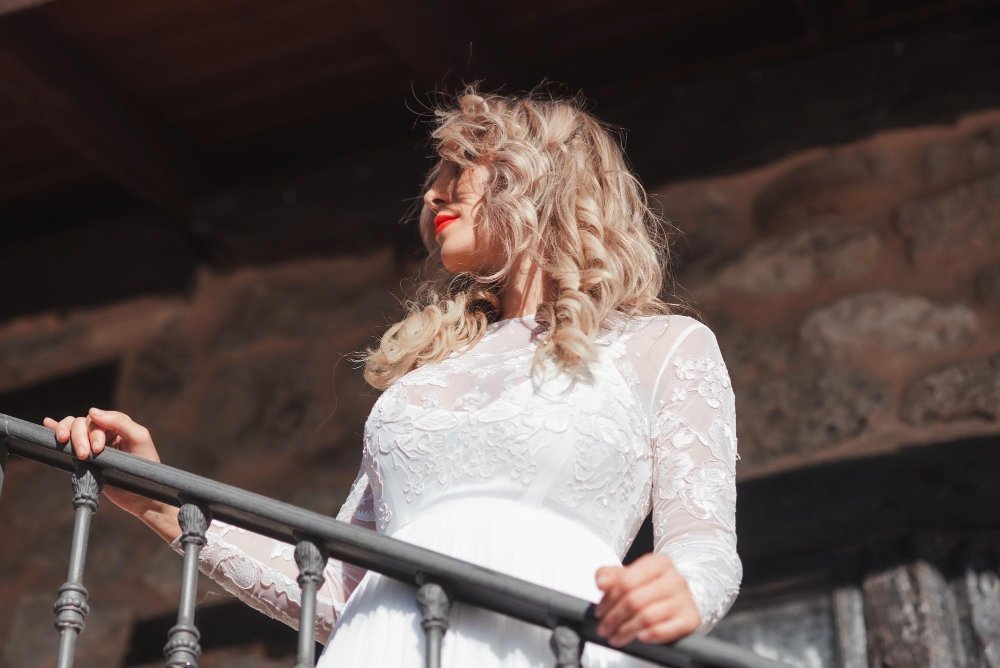
While French lace maintains its traditional associations with bridal and evening wear, contemporary applications have expanded dramatically, reflecting changing fashion trends and consumer preferences.
2025 Fashion Trends
The lace market shows distinct seasonal patterns and emerging trend directions:
- Minimalist Lace Designs: Clean, geometric patterns gaining popularity in high-end fashion
- Athleisure Integration: Stretch lace elements in activewear and casual clothing
- Sustainable Luxury: Eco-conscious consumers driving demand for certified organic lace
- DIY Customization: Growing market for lace kits and personalization options
Beyond Traditional Fashion
Modern applications extend far beyond classic uses:
Interior Design Applications
- Table runners and placemats featuring guipure lace patterns
- Curtain panels with scalloped Chantilly lace borders
- Decorative pillow covers incorporating corded lace details
- Lampshade overlays creating sophisticated lighting effects
Contemporary Fashion Integration
- Streetwear Contrast: Luxury lace accents on casual garments
- Layering Pieces: Sheer lace tops for versatile styling
- Accessory Details: Lace trim on bags, shoes, and jewelry
- Technical Integration: Performance fabrics with lace aesthetics
Market Growth Projections
Industry analysis shows significant growth potential:
- Lace dress sales projected to grow 15% annually through 2026
- Summer bridal segment driving seasonal demand peaks
- Sustainable lace products expected to capture 30% of luxury market by 2027
- Customization and DIY markets expanding into new demographic segments
Industry Innovation
French lace manufacturers are embracing technology while preserving traditional methods. Digital pattern design systems now create thousands of variations, while AI-assisted quality control ensures consistent standards without replacing human expertise.
Price Analysis and Market Economics
Understanding French lace pricing requires appreciating the complex factors that contribute to production costs and market positioning. The significant price difference between authentic French lace and alternatives reflects genuine value differences in materials, craftsmanship, and durability.
Cost Factors Affecting French Lace Pricing
- Raw Material Quality: Premium silk, organic cotton, and specialized threads
- Labor Intensity: 3-5 years training for each tullist, highly skilled workforce
- Production Time: 10-30 weeks from start to finish
- Equipment Heritage: Maintaining irreplaceable 120+ year old machinery
- Quality Control: Multiple hand-inspection stages throughout production
- Limited Production: Capacity constraints due to specialized equipment
Market Positioning Analysis
| Lace Category | Price Range (per yard) | Production Method | Target Market | Lifespan |
|---|---|---|---|---|
| Machine Lace | $5-25 | Industrial knitting/embroidery | Fast fashion, mass market | 1-3 years |
| Quality French Lace | $50-200 | Leavers loom, partial hand finishing | Designer fashion, bridal | 20+ years |
| Luxury Hand-finished | $200-800+ | Leavers loom, extensive hand work | Haute couture, collectibles | Lifetime/heirloom |
| Museum Quality | $800-5000+ | Traditional hand methods | Restoration, luxury collectors | Centuries |
Investment Value Perspective
When calculated on a cost-per-wear basis, quality French lace often represents better value than cheaper alternatives:
Cost-Per-Wear Analysis Example
Fast Fashion Lace Dress: $30 ÷ 10 wears = $3.00 per wear
French Lace Garment: $300 ÷ 200 wears = $1.50 per wear
Quality French lace provides better long-term value while supporting sustainable practices and traditional craftsmanship.
Why is French Lace So Expensive?
The premium pricing of authentic French lace reflects several unique factors:
- Irreplaceable Technology: Leavers looms cannot be replicated or replaced
- Artisan Expertise: Years of training required for each skilled worker
- Limited Production Capacity: Physical constraints on quantity
- Heritage Value: Centuries of accumulated knowledge and tradition
- Quality Materials: Premium fibers and specialized threads
- Environmental Standards: Sustainable production methods cost more initially
A striking example of luxury pricing: handmade Argentan lace from the convent sells for €730 (approximately $800) for just a 5-centimeter piece, reflecting months of meticulous handwork.
Cultural Preservation and Artisan Stories
French lace production represents more than manufacturing; it embodies living cultural heritage that connects contemporary fashion with centuries of artistic tradition. The preservation of these skills requires dedicated efforts from artisans, institutions, and communities.
Master Artisans and Their Legacy
The knowledge required for authentic French lace production exists primarily in the minds and hands of master craftspeople. These tullists carry forward techniques that cannot be easily documented or digitized.
The Convent of Argentan: Preserving Sacred Traditions
At the Abbaye Notre-Dame d’Argentan, a small community of nuns continues the centuries-old tradition of creating Point de France lace entirely by hand. Mother Colette and her fellow sisters represent one of the last links to purely traditional lacemaking methods.
“We are vigilant to live the heritage of our past and faithfully preserve our tradition, and through this process develop virtues of patience, perseverance, humility and silence.” – Mother Prioress, Abbaye Notre-Dame d’Argentan
Their work serves multiple purposes:
- Preserving historical techniques that might otherwise disappear
- Creating museum-quality pieces for restoration and education
- Training new artisans in traditional methods
- Maintaining spiritual and cultural connections to the craft
Educational Institutions and Museums
Cité de la Dentelle et de la Mode (Calais)
This world-renowned museum and educational center offers:
- Interactive Workshops: Hands-on bobbin lace instruction for beginners and advanced students
- Historical Exhibitions: Displays of antique laces and production equipment
- Working Demonstrations: Live displays of traditional Leavers loom operation
- Research Facilities: Archives documenting lace history and techniques
Apprenticeship Programs
The French lace industry maintains formal apprenticeship systems to ensure knowledge transfer:
Traditional Apprenticeship Timeline
UNESCO Heritage Considerations
The French lace industry has been discussed for potential UNESCO Intangible Cultural Heritage status, recognizing:
- Unique traditional knowledge systems
- Cultural practices spanning multiple generations
- Economic importance to local communities
- Risk of knowledge loss without active preservation
Contemporary Preservation Challenges
Modern preservation efforts face several obstacles:
- Aging Workforce: Finding young people interested in traditional crafts
- Economic Pressures: Competition from lower-cost alternatives
- Technical Knowledge Gap: Maintaining century-old machinery
- Market Evolution: Adapting traditional products to contemporary needs
Supporting Cultural Preservation
Consumers can support French lace heritage by choosing authentic products, visiting educational institutions, and learning about traditional techniques. Each purchase of genuine French lace helps sustain the economic viability of these cultural practices.
French vs Swiss vs Other Lace Types
Understanding the differences between French lace and other international varieties helps consumers make informed decisions and appreciate the unique qualities of each tradition.
French vs Swiss Lace: Key Differences
| Characteristic | French Lace | Swiss Lace |
|---|---|---|
| Production Method | Leavers looms, extensive hand finishing | Schiffli embroidery machines, chemical lace |
| Pattern Style | Complex gradients, flowing motifs | Precise geometric patterns, technical designs |
| Durability | Exceptional, lifetime quality | Good, but may show wear over time |
| Price Range | $50-800+ per yard | $20-200 per yard |
| Best Applications | Bridal wear, haute couture, heirlooms | Lingerie, technical applications, activewear |
| Stretch Properties | Minimal unless specially designed | Often includes stretch capabilities |
Is French Lace or Swiss Better?
The choice between French and Swiss lace depends on specific application needs:
Choose French Lace When:
- Creating heirloom-quality garments
- Designing luxury bridal or evening wear
- Seeking traditional aesthetic and heritage value
- Prioritizing long-term durability and investment value
Choose Swiss Lace When:
- Requiring technical performance features
- Creating athletic or activewear applications
- Working within tighter budget constraints
- Needing specific stretch or moisture-wicking properties
Global Lace Production Comparison
Which Country Has the Best Lace Fabric?
Different countries excel in specific lace categories:
- France (Calais-Caudry): Premium luxury lace, traditional Leavers loom production
- Switzerland: Technical lace, precision embroidery, performance applications
- Belgium: Historical bobbin lace, traditional handcrafted varieties
- Italy: Fashion-forward designs, innovative material combinations
- China: Mass production, cost-effective alternatives
- India: Hand-embroidered varieties, traditional ethnic patterns
What is the Best Lace in the World?
The answer depends on criteria and intended use:
- For Heritage and Prestige: French Leavers lace from Calais-Caudry
- For Technical Performance: Swiss Schiffli embroidered lace
- For Handcraft Tradition: Belgian bobbin lace or Argentan needle lace
- For Contemporary Fashion: Italian designer lace innovations
- For Value: Quality machine-made varieties from various sources
French lace generally receives recognition as the pinnacle of luxury lace production due to its combination of traditional craftsmanship, superior durability, and prestigious heritage.
Frequently Asked Questions
Conclusion
French lace fabric represents far more than a textile choice—it embodies centuries of artistic heritage, exceptional craftsmanship, and sustainable luxury that continues to set global standards for quality and elegance. From the historic workshops of Calais and Caudry to the runways of contemporary fashion houses, authentic French lace maintains its position as the pinnacle of textile artistry.
The unique combination of irreplaceable Leavers loom technology, master artisan expertise, and meticulous hand-finishing creates textiles that transcend trends and seasons. Whether you’re selecting Chantilly lace for bridal wear, Alençon lace for structured garments, or Lyon lace for luxury applications, each piece carries the legacy of generations of skilled craftspeople.
The industry’s evolution toward sustainability, with GOTS certification and circular economy principles, demonstrates how traditional craftsmanship can lead modern environmental responsibility. As consumers increasingly value quality over quantity and heritage over mass production, French lace offers an investment in both personal style and cultural preservation.
Key Takeaways and Recommendations
- Invest in authentic French lace bearing the “Dentelle de Calais-Caudry” trademark for guaranteed quality and heritage value
- Consider the long-term cost-per-wear advantage of premium French lace over cheaper alternatives
- Look for GOTS and FSC certifications when selecting sustainable lace options
- Support cultural preservation by choosing products from traditional manufacturers like Sophie Hallette, Solstiss, and Riechers Marescot
- Understand the specific characteristics of each lace type to select the best option for your intended application
- Properly care for French lace to maximize its lifetime value and maintain its beauty for future generations
- Appreciate the artisan skills and heritage represented in each piece of authentic French lace
- Consider French lace as an heirloom investment that can be passed down through families
- Explore modern applications beyond traditional uses to incorporate French lace into contemporary lifestyles
- Support educational institutions like the Cité de la Dentelle et de la Mode to help preserve traditional knowledge
As fashion continues to evolve toward more conscious consumption, French lace stands as a testament to the enduring value of traditional craftsmanship, sustainable production, and timeless beauty. By choosing authentic French lace, you become part of a heritage that spans centuries while supporting artisans who dedicate their lives to preserving these invaluable skills for future generations.
The future of French lace lies in balancing respect for traditional methods with innovation in sustainability and contemporary applications. As new generations of tullists learn from master craftspeople and modern technology enhances quality control while preserving hand-crafted excellence, French lace will continue to represent the ultimate expression of textile artistry in an increasingly mechanized world.

